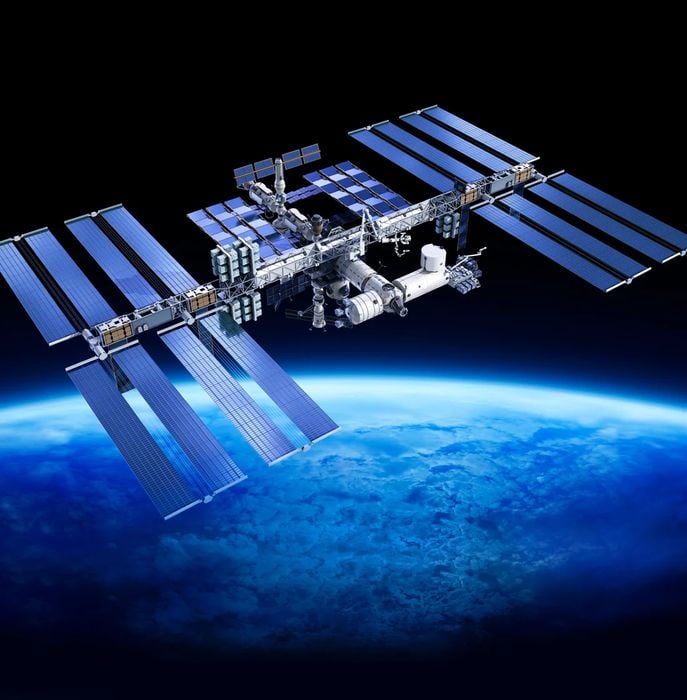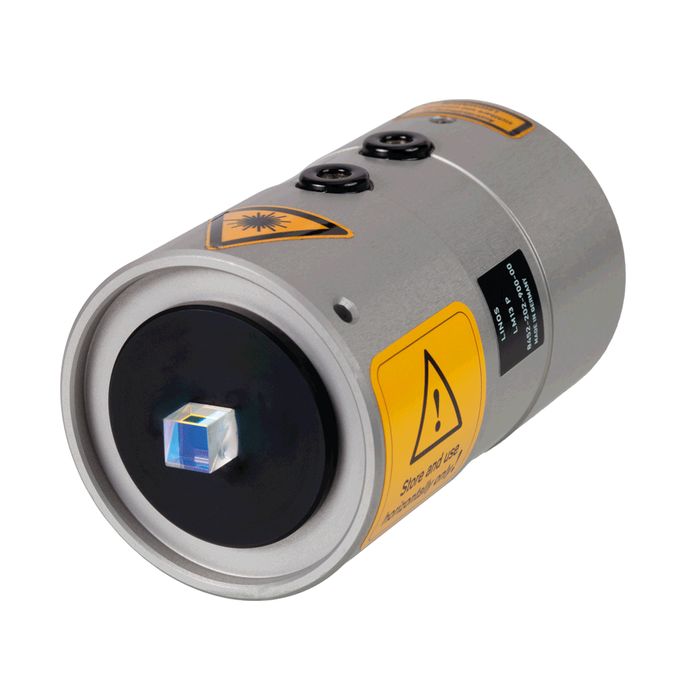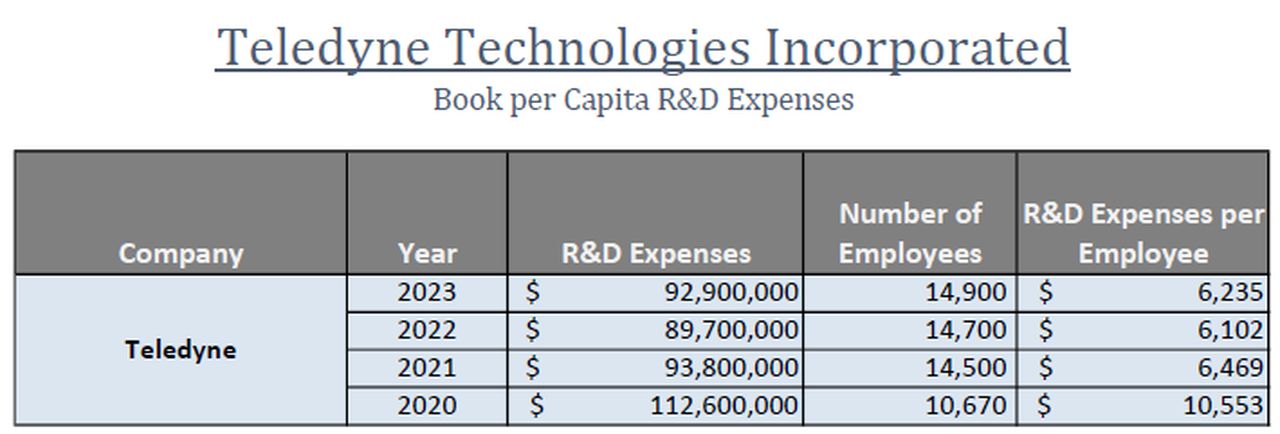
Charles R. Goulding and Preeti Sulibhavi divulge how Teledyne Technologies’ acquisition of Excelitas for $710 million brings advanced photonics and optics innovations into its portfolio, enhancing its capabilities in aerospace, defense, and industrial applications.
In November 2024, Teledyne Technologies, a prominent player in aerospace, defense, and industrial technology, acquired Excelitas Technologies from AEA Investors for US$710 million in cash. This acquisition includes Excelitas’ UK-based subsidiary, Qioptiq, strengthening Teledyne’s foothold in photonics, optical systems, and advanced imaging technologies used across defense, aerospace, and industrial applications.
The purchase of Excelitas expands Teledyne’s portfolio in high-performance optics and photonics areas. Qioptiq, a part of Excelitas and headquartered in the United Kingdom, specializes in innovative optical technologies, particularly for the defense sector. This strategic acquisition is expected to improve Teledyne’s capabilities in cutting-edge photonics applications, night vision, and laser-based systems, while boosting its presence in European markets.
Teledyne’s CEO acknowledged that acquiring Excelitas, including its state-of-the-art technologies and workforce, would allow Teledyne Technologies to stay at the forefront of innovations in helmet-mounted displays, tactical night vision systems, and high-precision optics for satellite applications.
Overview of Excelitas and Qioptiq
Excelitas Technologies, based in Massachusetts, is a global leader in photonics solutions for industrial, scientific, and medical applications. Employing over 7,000 people globally, Excelitas generated sales of approximately US$1.2 billion in 2023. Qioptiq, with a strong footprint in Europe, particularly the UK, specializes in high-performance optical and photonic technologies. Both companies provide cutting-edge solutions for applications spanning aerospace & defense, biomedical research, and additive manufacturing.
Product Specializations and Core Markets
Excelitas is renowned for a range of technologies integral to aerospace, defense, and industrial applications. Key specializations include:
- Helmet-Mounted Displays and Night Vision Systems:
- Excelitas has developed advanced helmet-mounted displays and night vision solutions, essential for tactical operations and used by defense agencies worldwide. These devices, leveraging photonic and sensor-based technology, provide enhanced visibility in low-light conditions, helping soldiers and tactical teams operate effectively at night or in poor visibility conditions.
- Optics for Space and Satellite Applications:
- Excelitas and Qioptiq’s expertise in high-precision optics makes them valuable in the aerospace sector. They produce proprietary optical glass and photonic components for satellite-based imaging and space exploration missions. These optics are resistant to radiation and temperature extremes in space, ensuring long-term functionality for satellite and space applications.
- Additive Manufacturing and 3D Printing Applications:
- Excelitas is deeply involved in supporting additive manufacturing technologies, particularly 3D printing. They offer a range of UV curing systems and high-precision optics used in metal and polymer-based 3D printing. Notably, Excelitas provides projection optics and light sources that enhance the precision and speed of 3D printing processes, used in sectors from automotive to biomedical applications.

Excelitas has been pivotal in advancing high-resolution, industrial 3D printing applications, providing light sources and lenses essential for:
- Metal Sintering for Aerospace Components:
- Excelitas’ optical systems enable metal sintering in aerospace, crucial for manufacturing complex, lightweight, and durable parts. These components are often essential for structural integrity and performance in extreme conditions.
- Medical Prosthetics and Implants:
- Their UV-curing technologies are instrumental in the creation of precise prosthetics and implants, offering durable and biocompatible materials. These high-precision light sources allow manufacturers to create patient-specific implants with minimal margin for error, aiding in personalized healthcare.
- Automotive and Custom Electronics:
- Excelitas provides 3D printing optics used in automotive manufacturing, including the production of complex electrical components and vehicle parts that require detailed design. This approach supports custom electronics, enabling rapid prototyping for electric and autonomous vehicles.
- Bioprinting for Tissue Engineering:
- Beyond traditional manufacturing, Excelitas’ contributions to bioprinting include light sources and optical solutions that support the growth of biological tissues. This innovation is essential for regenerative medicine, allowing researchers to create artificial tissues and organs for testing or therapeutic applications.
Excelitas serves numerous industries beyond aerospace and defense. In industrial manufacturing, they offer products for laser material processing, machine vision, and environmental monitoring. Their industrial-grade optics and UV-curing technologies are particularly critical in additive manufacturing and high-volume production. Excelitas has contributed significantly to advancing these manufacturing processes, making it a valuable addition to Teledyne’s industrial solutions portfolio.
Strategic Fit within Teledyne’s Business Model
The acquisition of Excelitas strengthens Teledyne’s position in defense and industrial manufacturing markets, complementing its existing portfolio in imaging and sensing. The addition of Qioptiq’s defense-grade optics is expected to provide Teledyne with immediate synergies in photonic applications for military and commercial aerospace.
This strategic fit aligns with Teledyne’s mission to offer comprehensive solutions in areas where precision, reliability, and innovation are paramount. Excelitas’ portfolio of night vision systems, helmet-mounted displays, and high-precision optics is expected to enhance Teledyne’s reach in government and defense sectors globally.
With Teledyne’s robust R&D capabilities and Excelitas’ established market presence, the collaboration is poised to drive further innovation in photonics, particularly for space, defense, and additive manufacturing. Teledyne’s leadership foresees accelerated development in high-value applications such as autonomous vehicle sensors (i.e. for drones), surgical imaging, and satellite-based communication systems. The companies’ combined expertise will likely lead to a stronger presence in photonics and optical engineering, further supporting industries like healthcare, automotive, and space exploration.
The table below illustrates the increase in research and development over the past few years at Teledyne.

The Research & Development Tax Credit
The now permanent Research and Development (R&D) Tax Credit is available for companies developing new or improved products, processes and/or software.
3D printing can help boost a company’s R&D Tax Credits. Wages for technical employees creating, testing and revising 3D printed prototypes are typically eligible expenses toward the R&D Tax Credit. Similarly, when used as a method of improving a process, time spent integrating 3D printing hardware and software can also be an eligible R&D expense. Lastly, when used for modeling and preproduction, the costs of filaments consumed during the development process may also be recovered.
Whether it is used for creating and testing prototypes or for final production, 3D printing is a great indicator that R&D Credit-eligible activities are taking place. Companies implementing this technology at any point should consider taking advantage of R&D Tax Credits.
Conclusion
The acquisition of Excelitas by Teledyne not only exemplifies a robust alignment of technological capabilities but also underscores the increasing relevance of photonics in defense, aerospace, and advanced manufacturing. As photonic technology continues to evolve, this acquisition signals a significant shift towards integrated optical and sensing solutions tailored for a range of high-demand industries, potentially shaping the future of industrial and defense applications globally.
